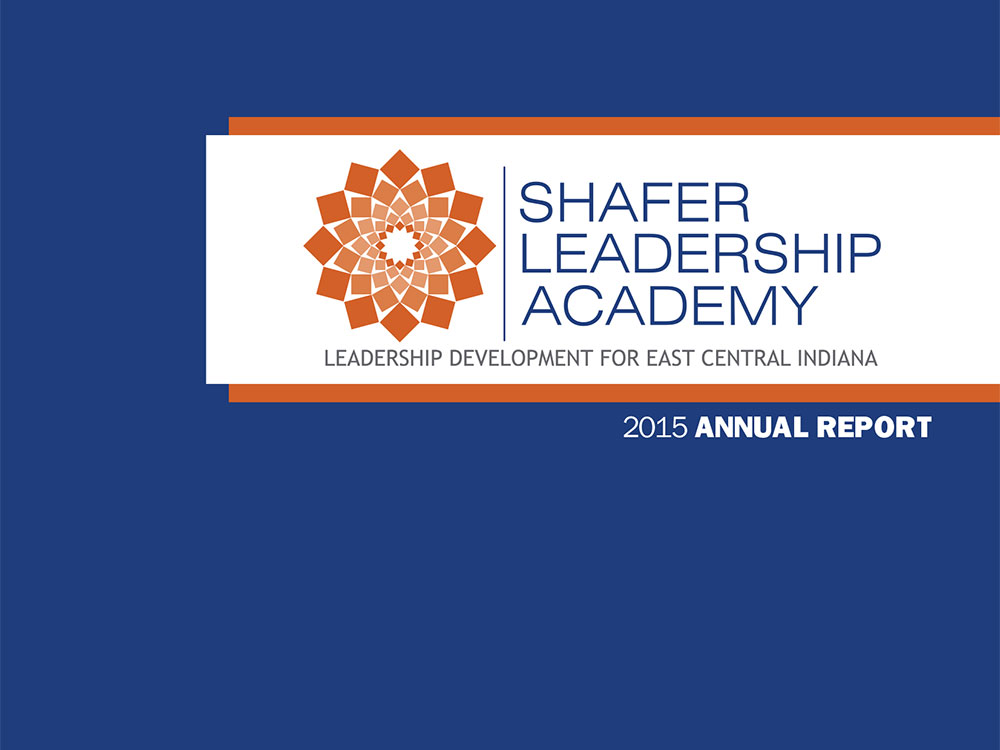It’s time again to put together an annual report for your board, donors and prospective donors. The document you typed up last year was fine. Nobody had any problems with it.
But were your stakeholders moved? Inspired? Excited about engaging in the good work your organization does for another year? If they were hands-on volunteers, yes. If they have really good imaginations, hopefully.
But let’s be realistic.
Most people, when they get your report in the mail, have a hard time pulling themselves away from their busy lives to read it. Even if they believe in your cause you are constantly competing with all the other thoughts and concerns rolling around their heads.
That’s why you’ve got to be compelling. Here’s a handy checklist of the basics:
- The Story
It’s always best to start here. Your organization’s story is its facts and figures, in part. What really impacts and motivates people to support you, though, are the stories of the people you serve.
Talk to your accountant/financial coordinator to gather the numbers. Talk to your staff to gather specific examples of the impact you’re making in people’s lives. Put it together, and you’ve a complete story that will impact both hearts and minds.
- The Pictures
Unless you have someone on staff with experience, hire a photographer to take pictures of staff and clients. Poorly lit, badly framed, fuzzy images will have the opposite effect you want.
Bad photography gives the impression of sloppiness, poor planning. It may even, on a subconscious level, make donors wonder if their funds are being used judiciously. It’s a distraction from the power you intend to convey in the image: of lives changed because of the work your donors are funding.
- The Layout
You will have far more information and images than should go into the final document. Your goal is to make donors feel something, not to make them experts at what you do.
A layout sets boundaries. You only want a few pages. On those pages you want images to be large and vivid and blocks of text to be small but with large enough font that they are easy to read. Now you can work within the boundaries you have set to create a high-impact, concise story.
- The Printer
Line up a printer as early in the process as possible. They can walk you through design, paper quality, copy counts, distribution, timeline and most importantly, budget.
You can do better this year. This year, your annual report will knock their socks off. This year, they’ll think twice about dropping it into the recycle bin.
Because this year, you’re getting a little help from your friends at the Farmhouse. We LOVE working with nonprofits. Check out our work with local organizations to see what we mean.

